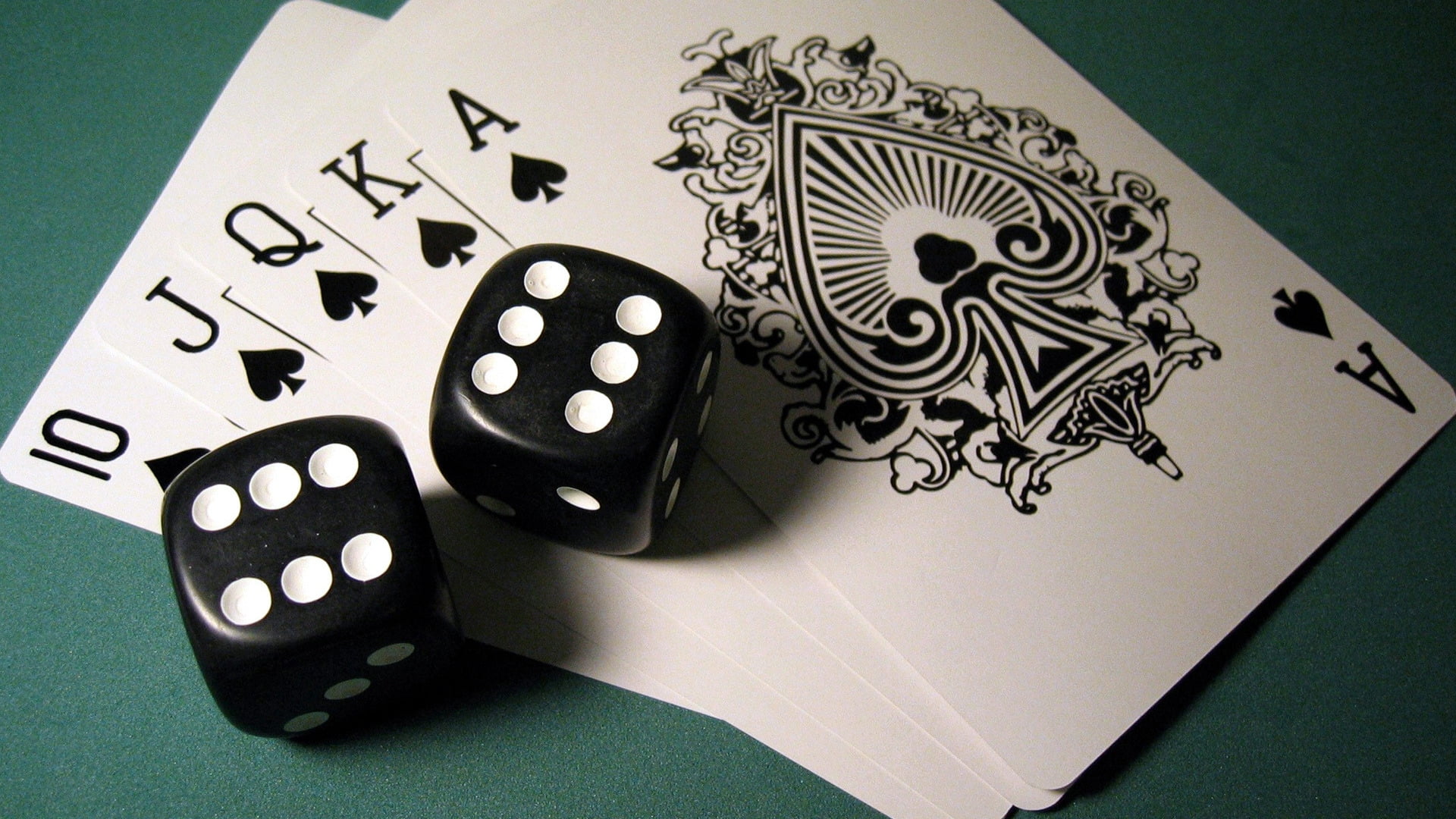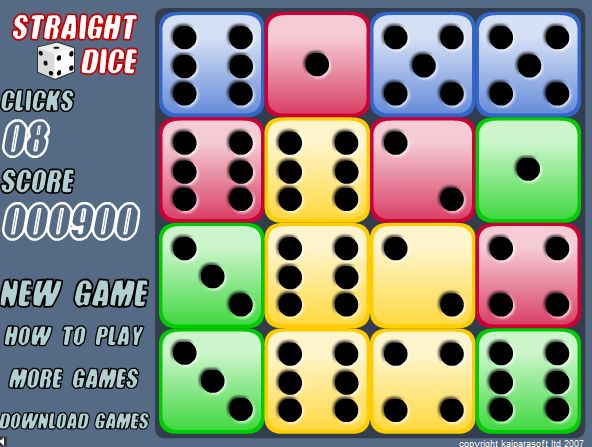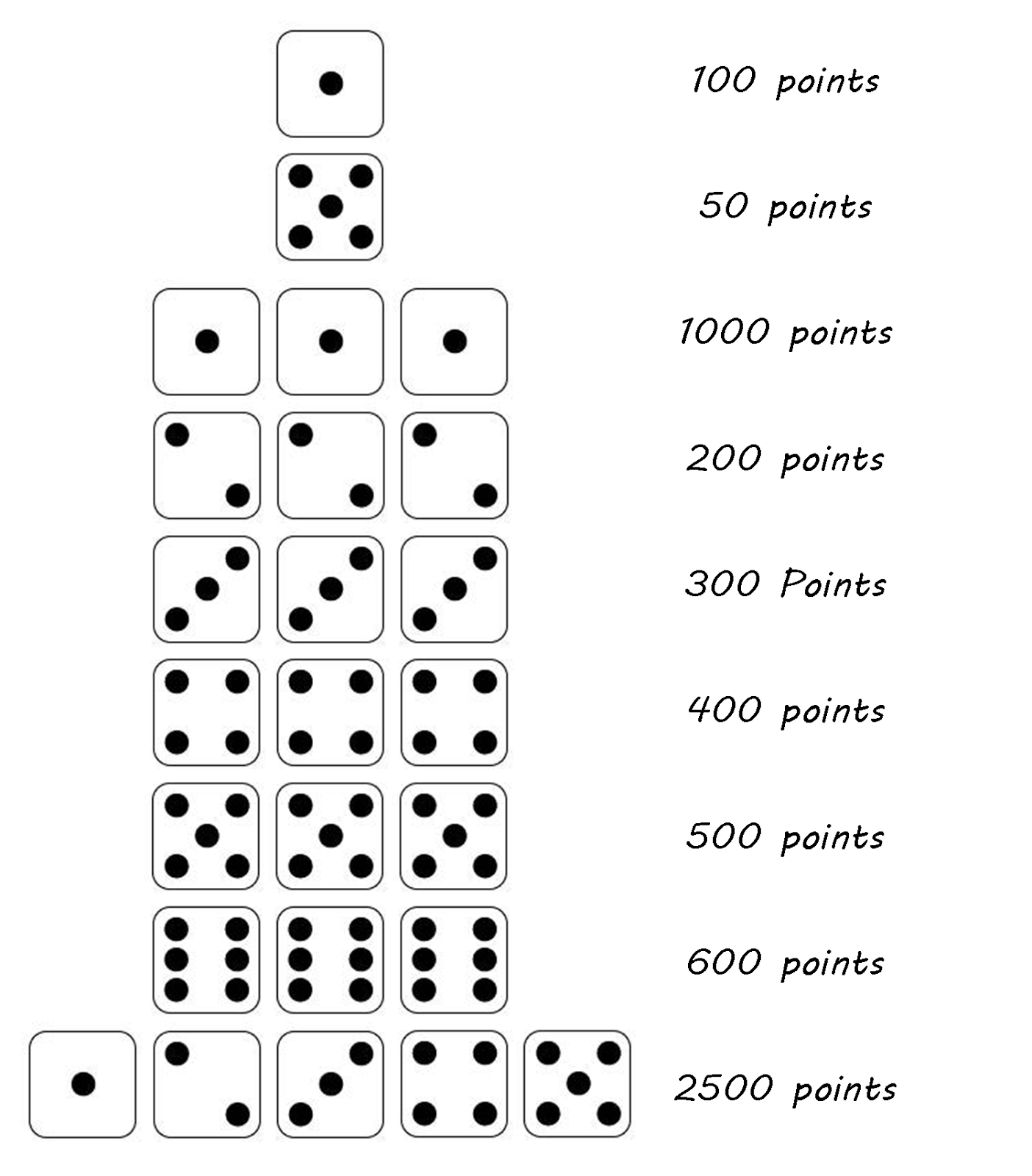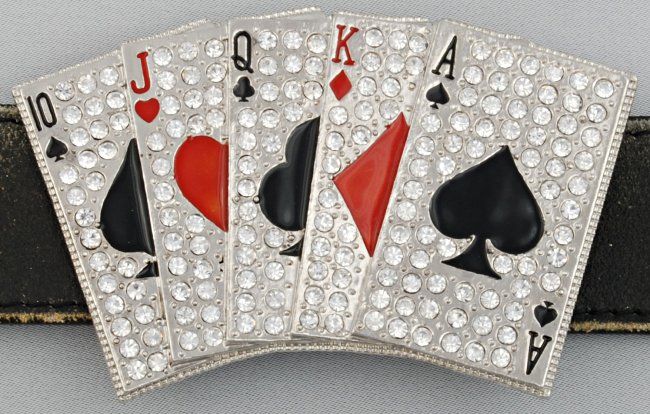


There are (5 3) ways to arrange the A’s, and (2 1) ways to arrange B in the remaining slots and then the position of C is determined. But since B and C are indistinguishable, there are 6 choices for A and (5 2) choices for assignments to B and C. The pattern for three of a kind is AAABC, and you might think there are 6 choices for A, 5 choices for B, and 4 choices for C. (Or you can say there are (5 2) different ways to arrange the B’s and the A’s are determined you get the same answer.) The probability is 6 * 5 * (5 3) / 7776 = 300 / 7776 = 3.86%. The A’s can be arranged in (5 3) different ways and then the B’s are determined.
STRAIGHT IN POKER DICE FULL
The pattern for a full house is AAABB with 6 choices for A and 5 remaining choices for B. Since all dice are distinguishable, there are (5 1) places the first die can go, (4 1) for the second, (3 1) for the third, (2 1) for the fourth, and the last is determined. There’s a trick – in poker dice there are only two straights: 1236. The pattern here is ABCDE where all die are distinct numbers. In a departure from standard poker hands, the next hand in poker dice is a straight. But since A and B are distinguishable, we count all combinations, and B can be in (5 1) = 5 possible places, so the probability is 6 * 5 * 5 / 7776 = 150 / 7776 = 1.93%. There are 6 choices for A, and once A is chosen there are 5 choices left for B. There are only 6 choices for A, so the probability is 6 / 7776 = 0.08%. In the following, to find the odds of plain old poker dice hands, I will simply count the number of ways each can happen and then divide by 7776. Some differences are inevitable since the number of possible 5 card poker hands is (52 5) = 52! / (5! (52-5)! ) = 2,598,960 and the number of possible 5-die rolls is only 6 to the power of 5 = 7776.

Ranking poker dice hands by odds mostly follow the same order as poker hands dealt from a standard 52 card deck (except for 5 of a kind which doesn’t exist in a standard poker hand of course).

But in any case, a good starting point is to calculate the relative probabilities of getting one of the basic poker hands on one roll. Often there is an opportunity to improve the hand by selectively re-rolling the dice, and sometimes there are constraints added to what hands can be scored. With five dice, we choose an universe of $6^5$ equiprobabilistic elementary events: ordered dice outcomes.Many dice games like Yahtzee or Yamslam are based on making the best poker hand out of a roll of 5 dice. When building our probabilistic universe, what we want is that each outcome has exactly the same odds, so that we can count and sum favourable cases in an easy way.īecause every single poker card is different, the odds of each individual poker hand are exactly the same and equal to $1/\binom$ equiprobabilistic elementary events: poker hands. The main reason is that every single card in poker is unique (the 7 of clubs is not the same card as the 7 of heart) while the same dice result can be reached by different individual dice outcome (6-5 can mean that first die shows a 6 and second die shows a 5, or the other way around). Is it because all of the 52 cards are distinct while all of the dice are the same?


 0 kommentar(er)
0 kommentar(er)
